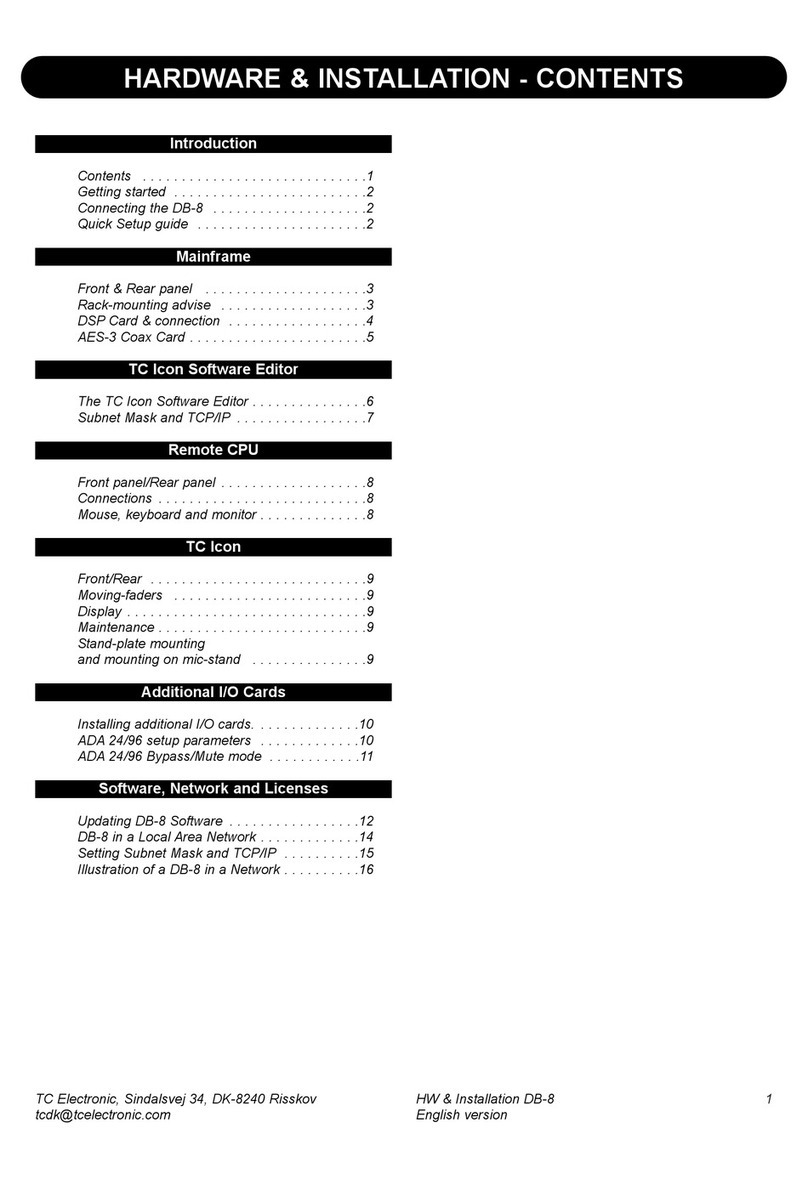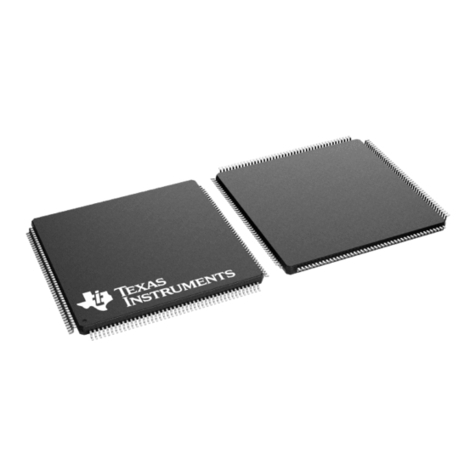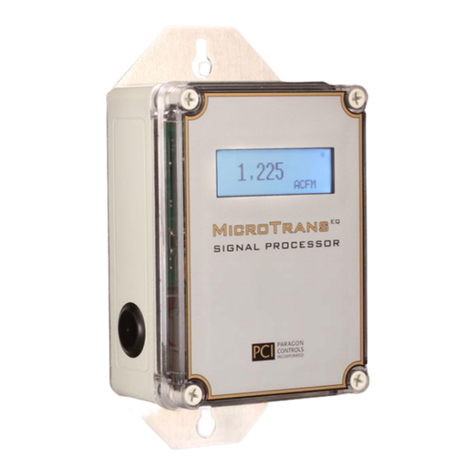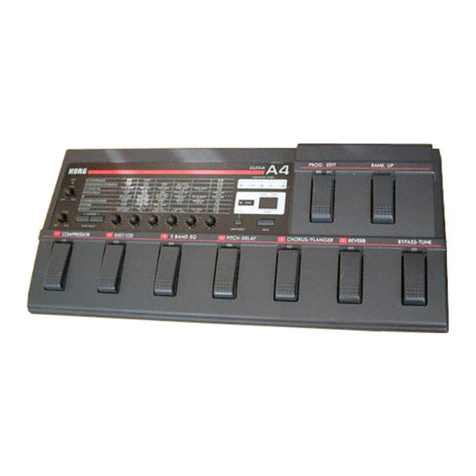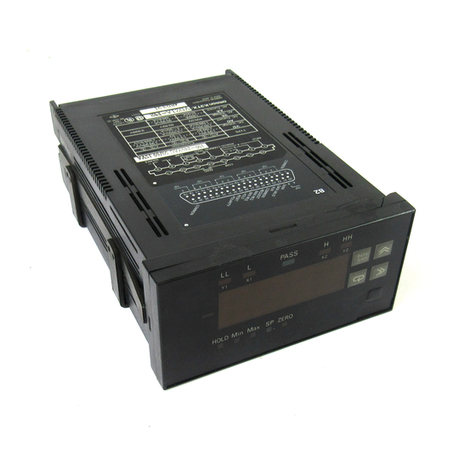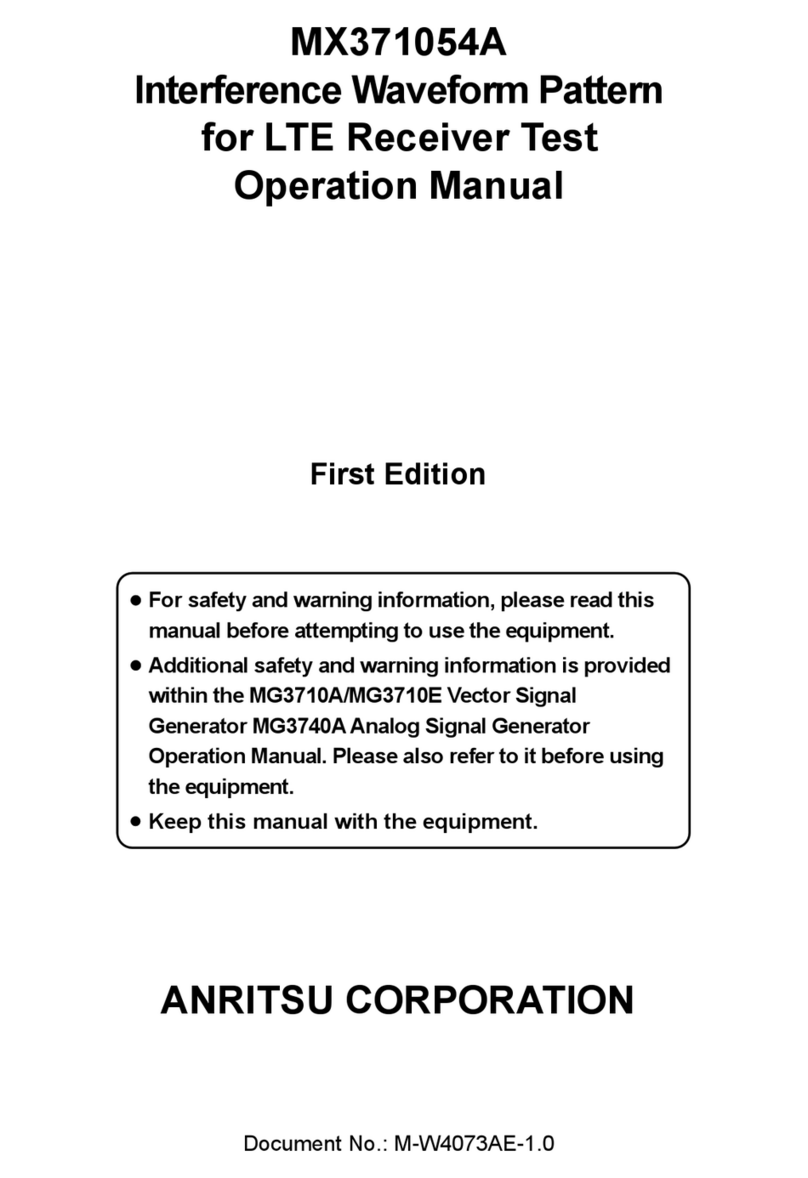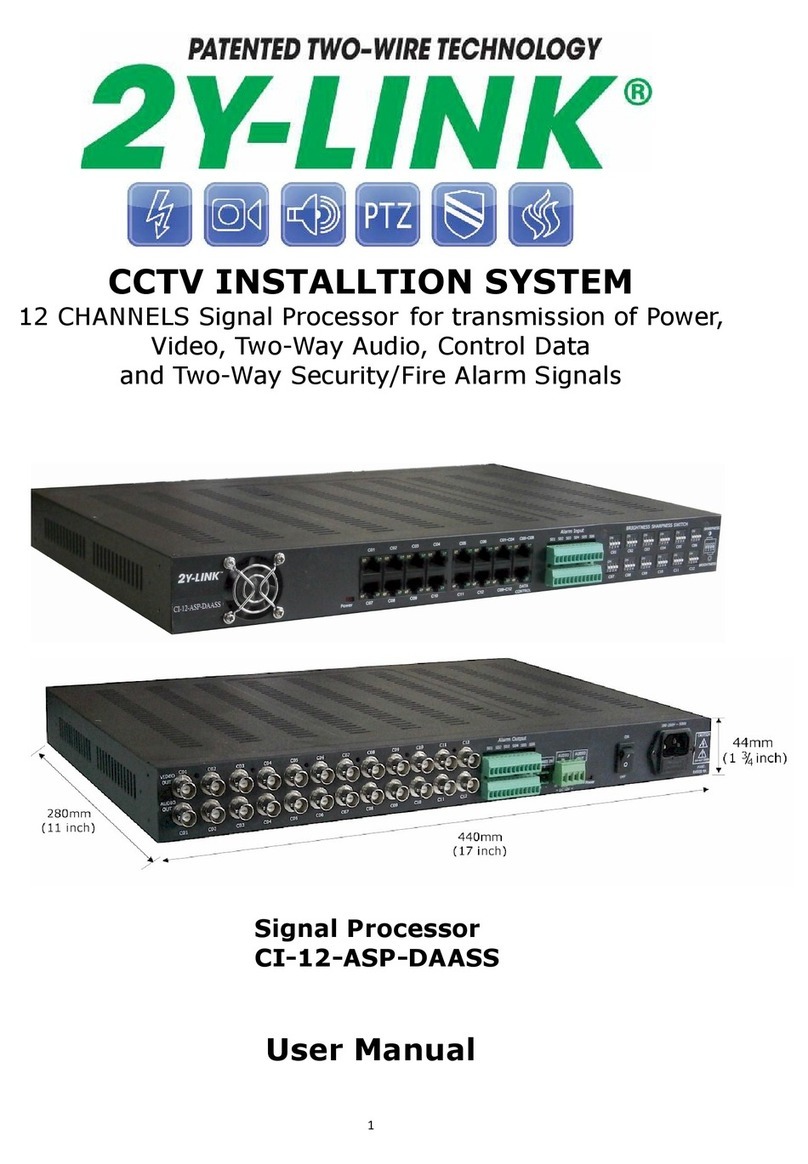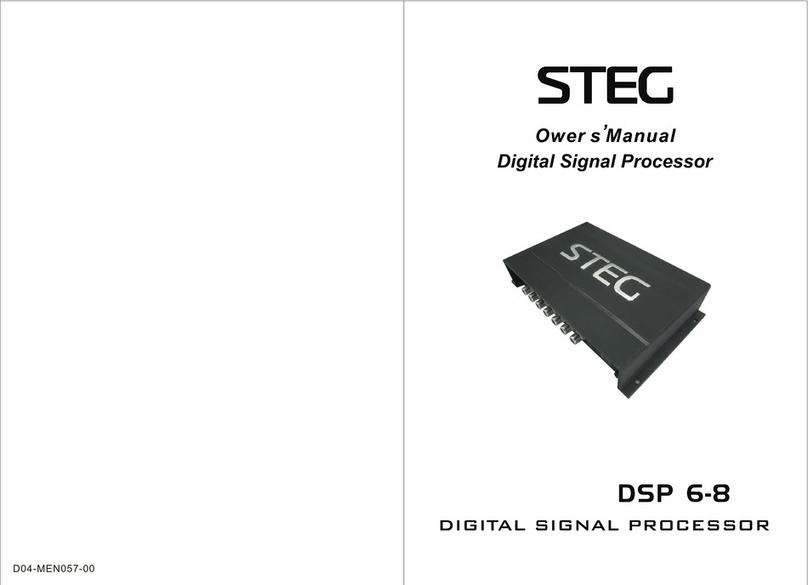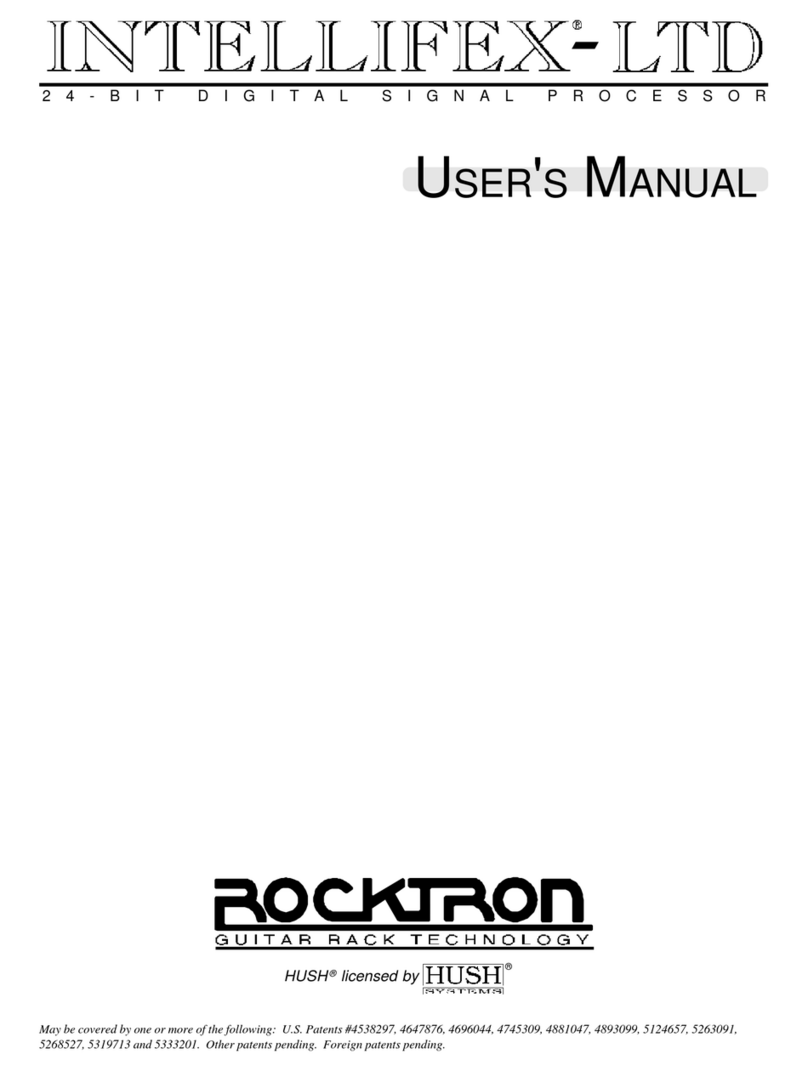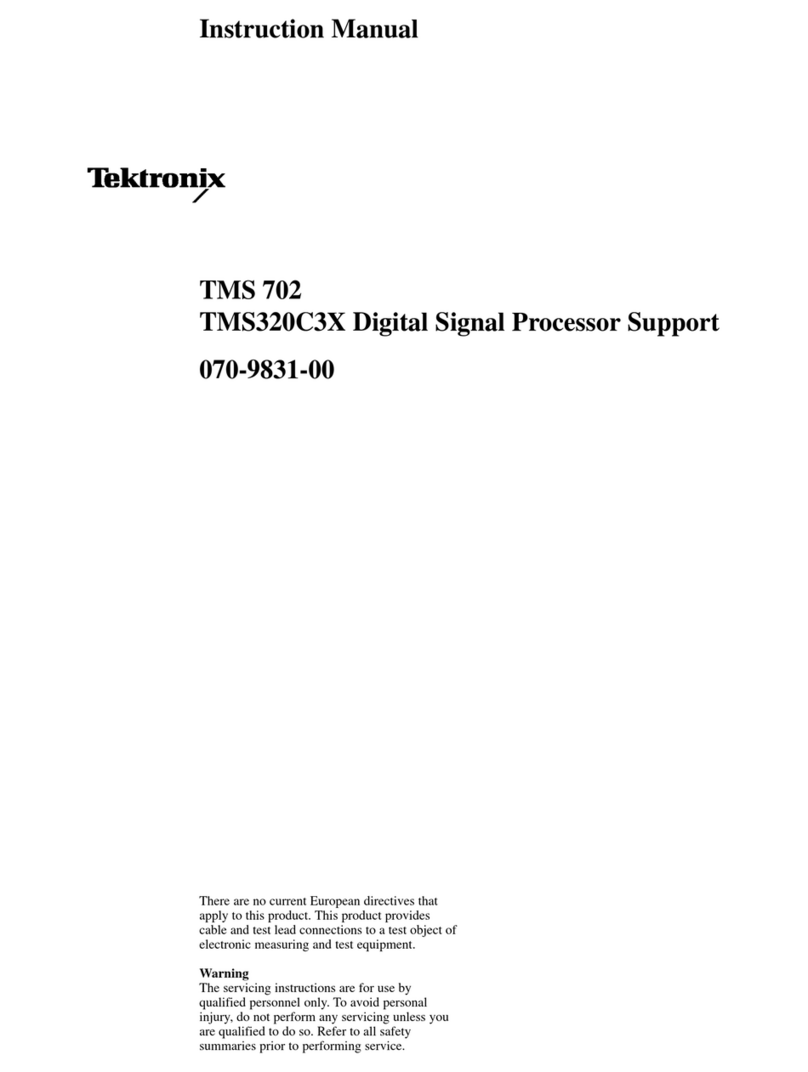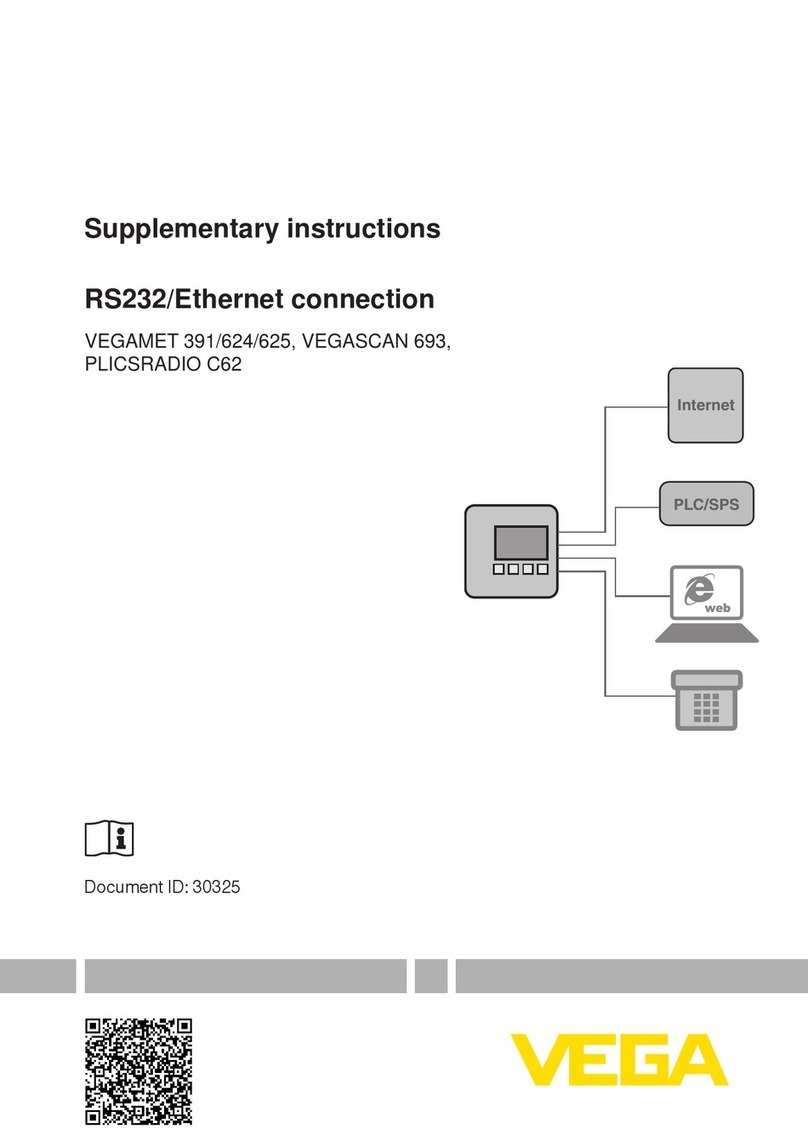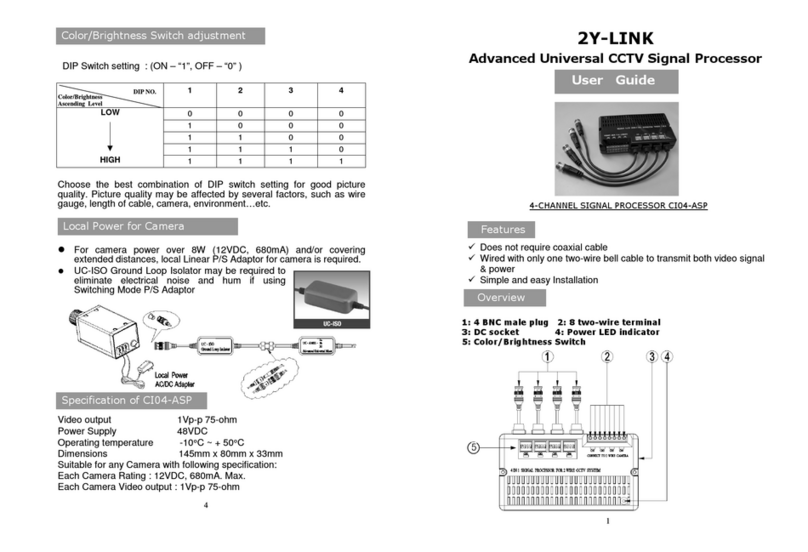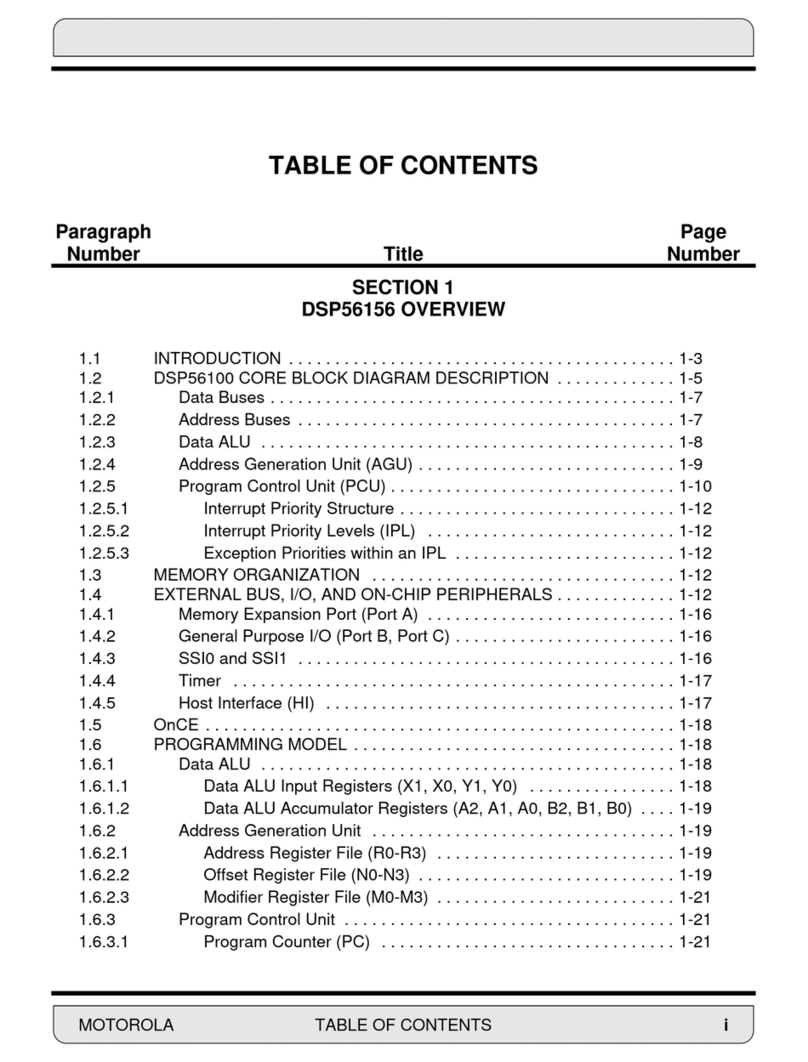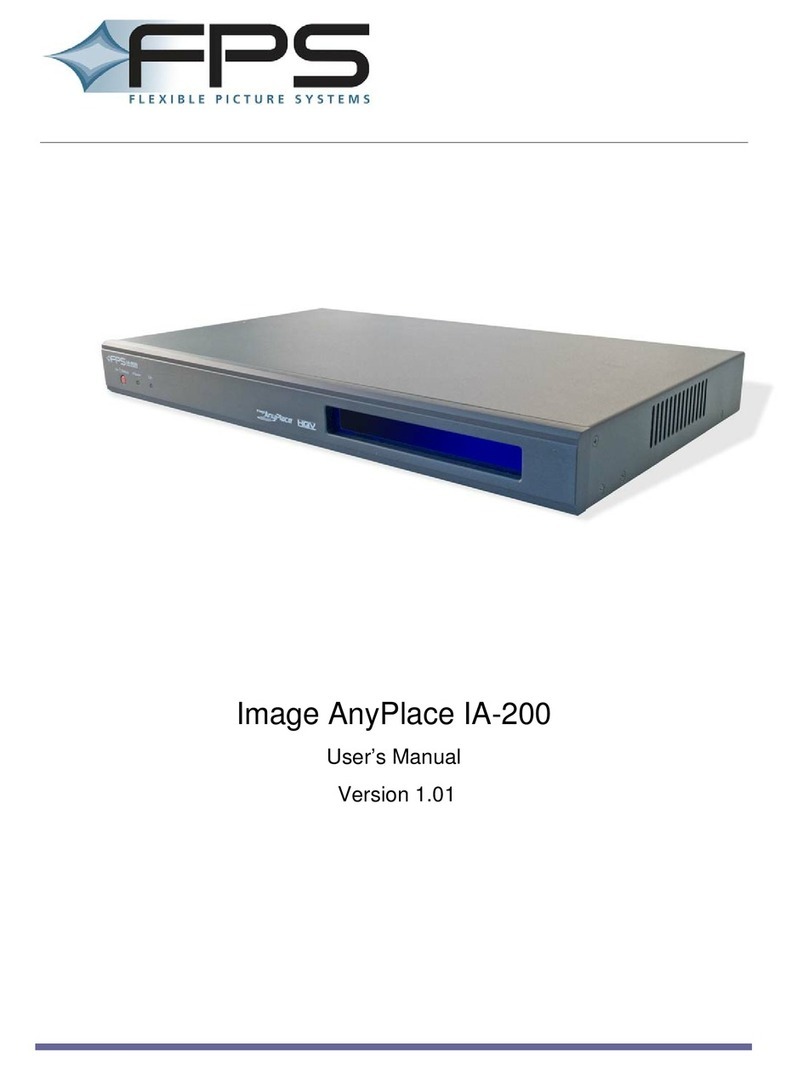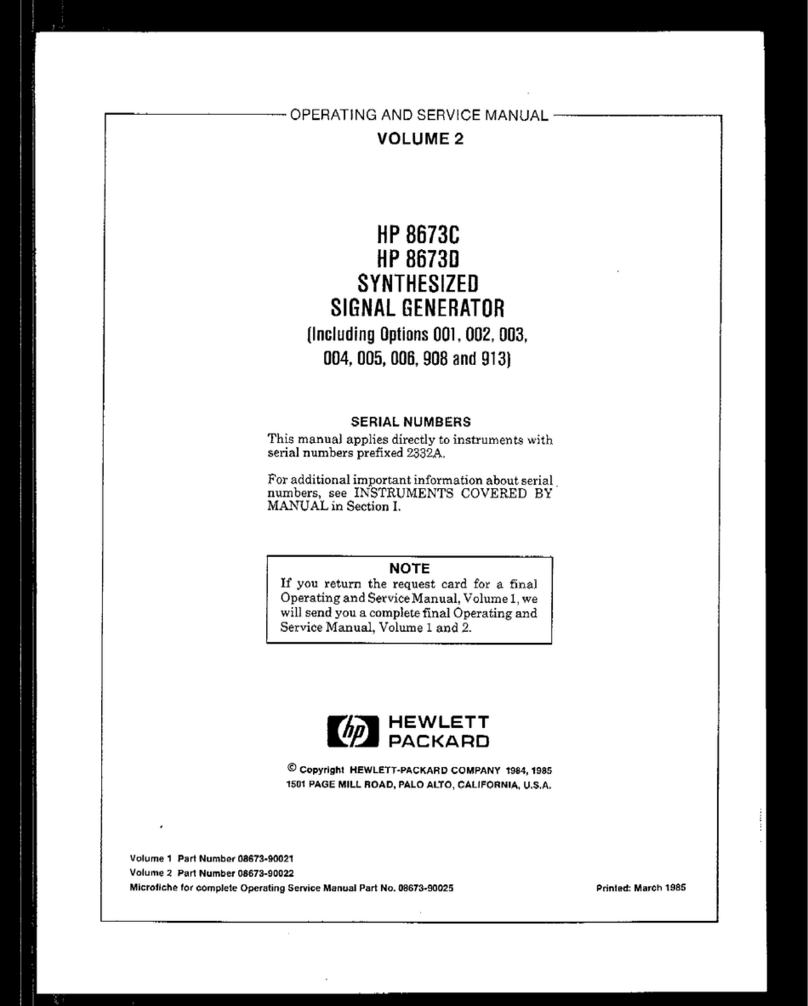
2
choirflex owner’s guide
Copyright and Notices
e contents of this manual are furnished for informational purposes
only, are subject to change without notice, and should not be construed
as a commitment by Venueex. Venueex assumes no responsibility or
liability for any errors or inaccuracies that may appear in this manual.
No part of this manual may be reproduced, stored in any retrieval sys-
tem, or transmitted in any form or by any means, electronic, photo-
graphic, mechanical, recording or otherwise, without the prior written
permission of Venueex. Choirex, Venueex and the Venueex logo,
are trademarks of Venueex. All third-party trademarks mentioned
herein are the property of their respective trademark holders.
Venueex products contain additional soware licensed under various
separate third-party license terms. Please see venueex.com/licensing
for additional information and copies of third party licenses.
Audinate® is a registered trademark of Audinate Pty Ltd.
Dante™ is a trademark of Audinate Pty Ltd.
Choirex Owner’s Guide v1.00 ©2020 Venueex
Contact Information
Venueex
8620 Westmoreland Drive NW
Concord, NC 28027
+1 (877) 932-4567
www.venueex.com
Technical Support
Technical Support for Choirex can be obtained by contacting Venueex
at:
support@venueex.com
+1 (877) 932-4567
Warranty
Venueex warrants its products as free from defects under normal use
and service for a period of one year from the date of shipment. If an
item becomes defective within the warranty period we will repair or
replace the defective item, as determined solely by Venueex.
Warranty repairs will be conducted at Venueex’s service facility.
Customer is responsible for shipping product to Venueex for service.
If repairs are conducted at the customer site, reasonable out-of-pocket
charges will apply. Return packing, shipping, and special handling costs
are the responsibility of the customer.
is warranty is void if products are subjected to misuse, neglect, acci-
dent, improper installation or application, or unauthorized modication.
In no event shall Venueex be liable for direct, indirect, special, inci-
dental, or consequential damages (including loss of prot). Implied
warranties, including that of merchantability and tness for a particular
purpose, are expressly limited to the duration of this warranty.
is warranty is transferrable to subsequent owners, subject to Venue-
ex’s notication of change of ownership.
Important Safety Instructions
• Read these instructions.
• Keep these instructions.
• Heed all warnings.
• Follow all instructions.
• Do not use this apparatus near water.
• Clean only with a dry cloth.
• Do not block any ventilation openings. Install in accordance with
the manufacturer’s instructions.
• Do not install near any heat sources such as radiators, heat regis-
ters, stoves, or other apparatus that produce heat.
• Do not defeat the safety purpose of the polarized or ground-
ing-type plug. A polarized plug has two blades with one wider
than the other. A grounding type plug has two blades and a third
grounding prong. e wide blade or the third prong is provided
for your safety. If the provided plug does not t into your outlet,
consult an electrician for replacement of the obsolete outlet.
• Protect the power cord from being walked on or pinched particu-
larly at plugs, convenience receptacles and the point where they exit
from the apparatus.
• Use only with the accessories specied by the manufacturer, or sold
with the apparatus.
• Unplug this apparatus during lightning storms or when unused for
long periods of time.
• Refer all servicing to qualied service personnel. Servicing is
required when the apparatus has been damaged in any way, such
as power-supply cord or plug is damaged, liquid has been spilled
or objects have fallen into the apparatus, the apparatus does not
operate normally, or has been dropped.
• DO NOT ATTEMPT TO OPEN THE APPARATUS ITSELF; IT IS
NOT USER-SERVICEABLE.
• WARNING: e apparatus is supplied with an AC mains power
cable. Depending on the voltage model ordered, this cable is cong-
ured with the most common AC mains connector for that voltage.
If the connector is not compatible with the local ac mains recep-
tacle, employ a licensed electrician to re-congure the cable with
the proper connector. Ensure that AC power supply has a properly
grounded safety ground. Failure to follow this warning could cause
equipment damage, injury, or death.
Regulatory information
is device complies with part 15 of the FCC Rules. Operation is subject
to the following two conditions: (1) is device may not cause harmful
interference, and (2) this device must accept any interference received,
including interference that may cause undesired operation.
is equipment has been tested and found to comply with the limits for
a Class A digital device, pursuant to part 15 of the FCC Rules. ese lim-
its are designed to provide reasonable protection against harmful inter-
ference when the equipment is operated in a commercial environment.
is equipment generates, uses, and can radiate radio frequency energy
and, if not installed and used in accordance with the instruction manual,
may cause harmful interference to radio communications. Operation of
this equipment in a residential area is likely to cause harmful interfer-
ence in which case the user will be required to correct the interference at
his own expense.


